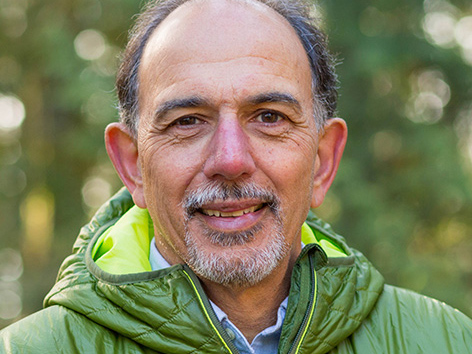Embedding sustainability into projects
Shell conducts an environmental, social and health impact assessment for every major project. This helps us to understand and manage the effects our projects could have on the surrounding environment and local communities.
Assessing our projects
When we plan or develop new facilities, or make changes to existing ones, we apply a staged project development process (see diagram) and aim for a consistent approach around the world. We embed sustainability across our projects by:
- conducting integrated assessments of the potential environmental, social and health impacts. These may include specialist studies on topics such as water use, cultural heritage or security; and
- engaging with communities to understand concerns they may have and discussing possible ways to address these concerns.
These assessments help us manage and reduce potential impacts at all stages of projects. We also draw on international standards, such as those of the World Bank and the International Finance Corporation, to guide our engagement with communities.

“Shell data helped protect tuna stocks”
External opinion
“Early collaboration with non-governmental organisations (NGOs) can help the energy sector more effectively manage its environmental impact, reduce project risk, and improve conservation planning. Shell’s coastal and offshore operations have direct and indirect impacts on coastal areas and fisheries. Addressing these impacts early in the project cycle must be a priority.
Investing in fisheries management, including support for monitoring and enforcement, can mitigate impacts especially if the investment is in line with the severity of the impacts and delivers desired conservation outcomes. In Gabon, Shell provided the WCS and the government of Gabon’s marine conservation programme, Gabon Bleu, with data to improve planning and management of Shell’s seismic surveys and the awarding of local fishing licences. All this helped to protect tuna stocks in the area.
By continuing to work closely with conservation NGOs Shell can ensure it has the expertise and exchange of scientific information to better manage the impact of its activities and contribute to biodiversity conservation and to the local economy.”
Ray Victurine
Director Business and Conservation, Wildlife Conservation Society, Seattle, USA
Our people
We train our teams to understand how to embed sustainability into our projects. They are supported by specialists in areas such as environmental management and health and social performance including, but not limited to:
- biodiversity, waste, energy and water management; and
- indigenous peoples’ rights, cultural heritage and resettlement.
The specialists work with project teams to help manage potential impacts on communities or the environment during project design, construction and operation.
Our process
At each review stage in the project development process, we decide if and how we are going to move forward with a project. This includes balancing short- and long-term interests, and integrating economic, environmental and social considerations into our decision-making.
The results of all assessments are documented in a mitigation plan which is approved by the manager accountable for the project. The plan is updated and its implementation is monitored and reviewed throughout the lifespan of the project.

